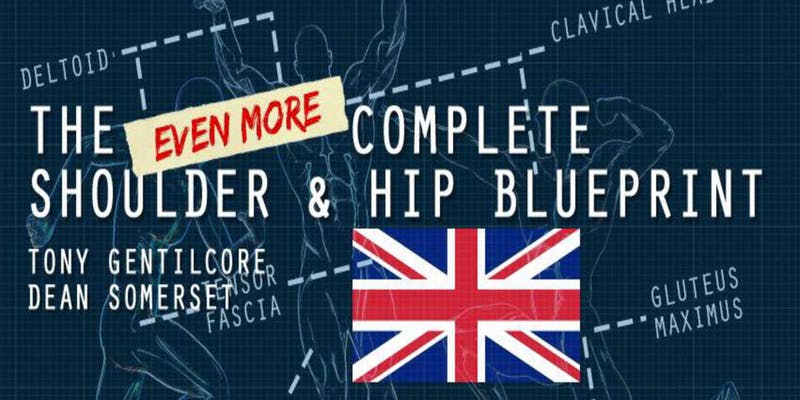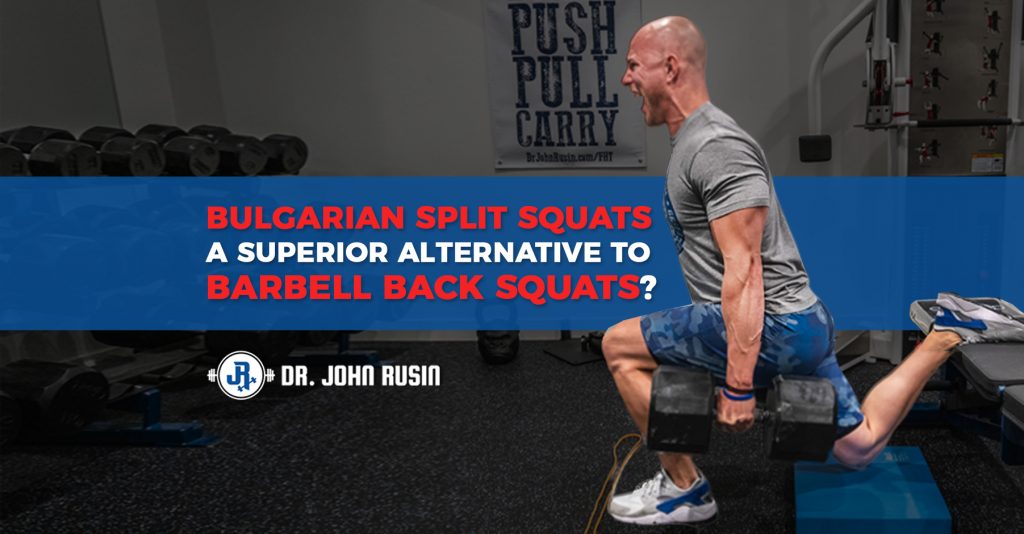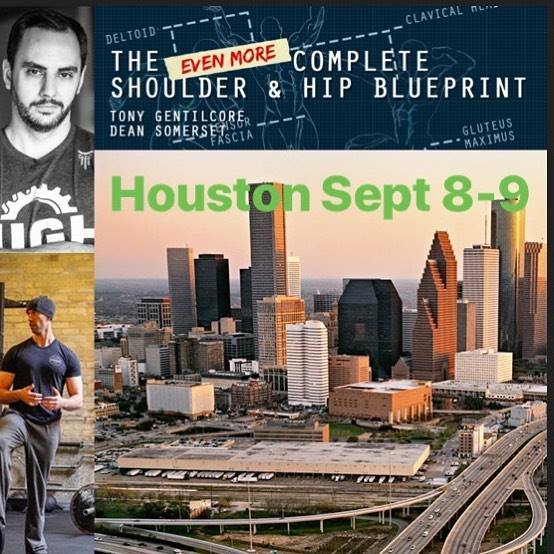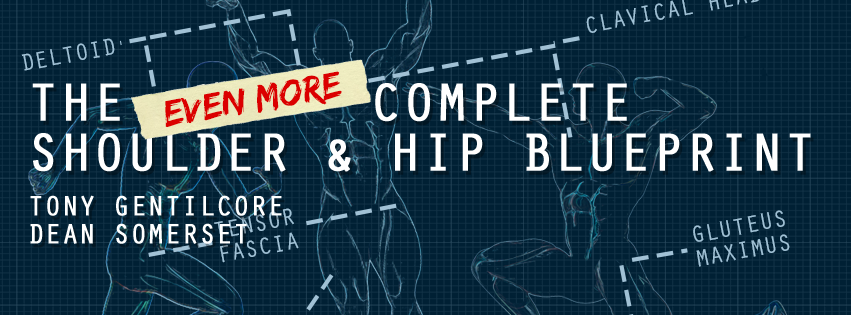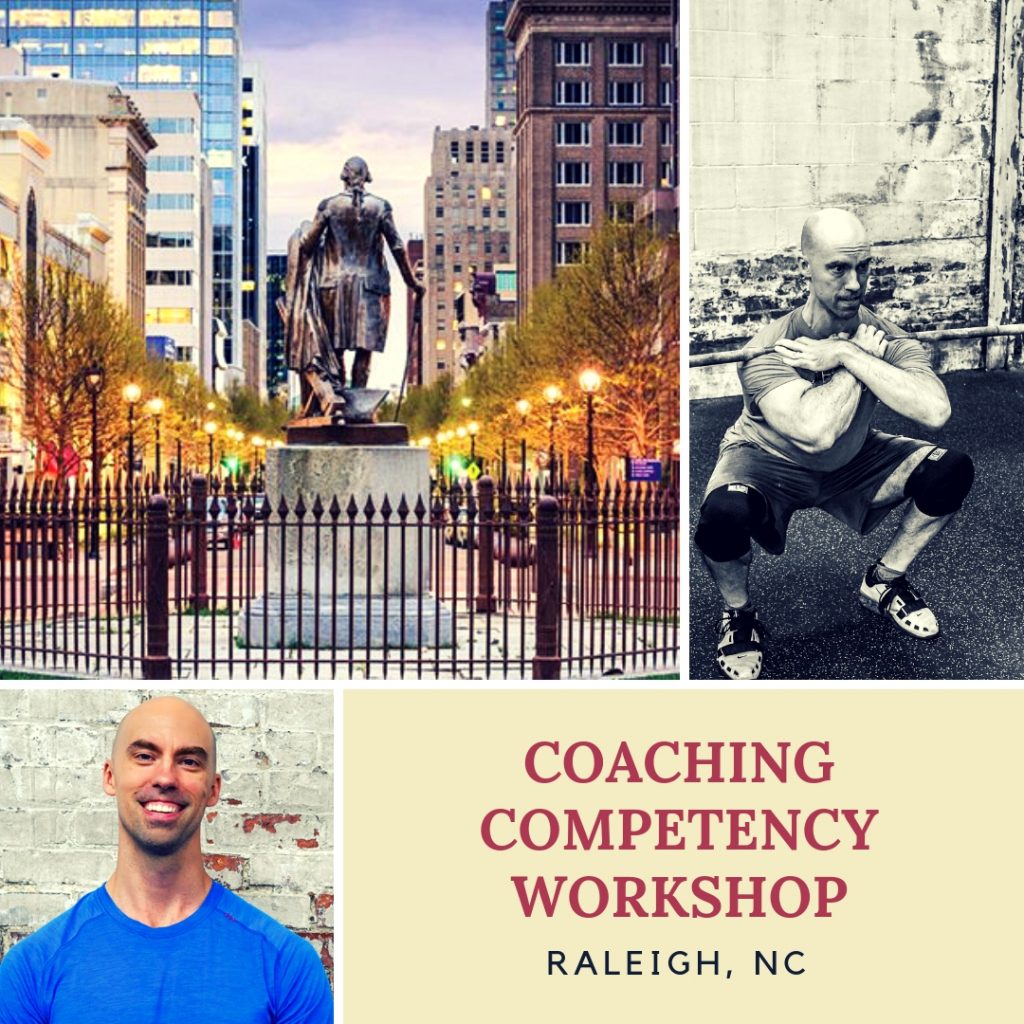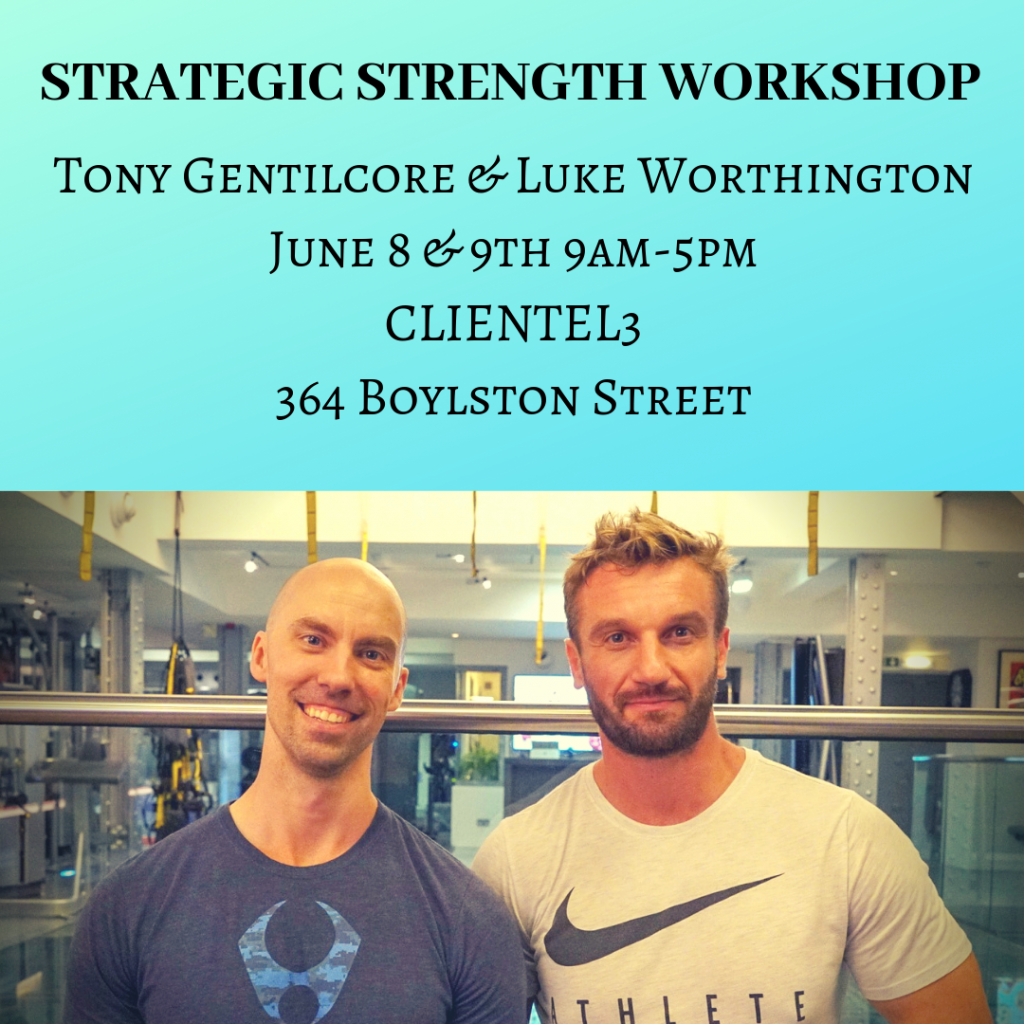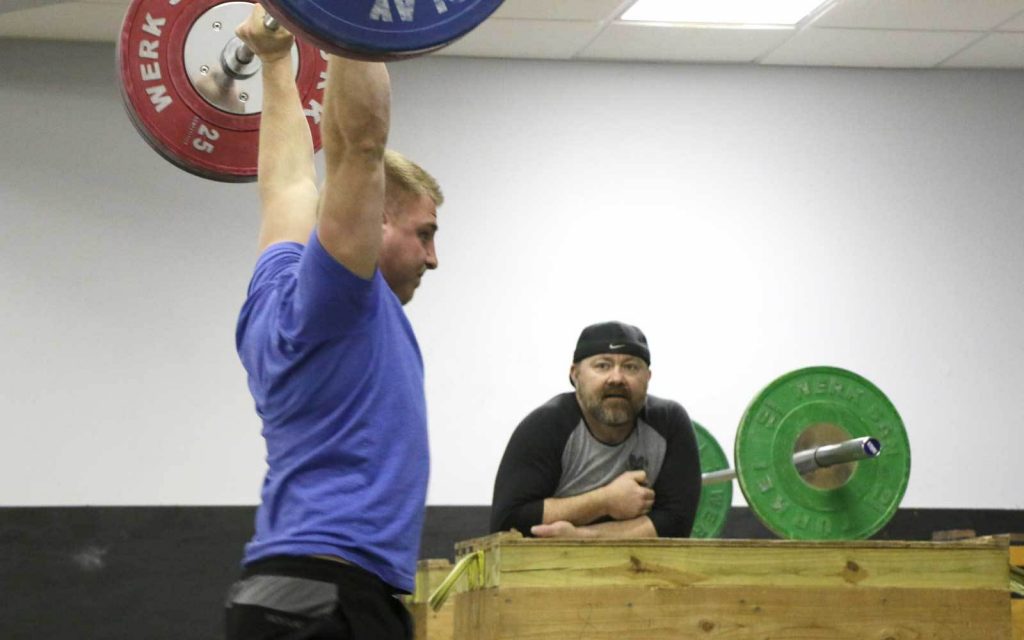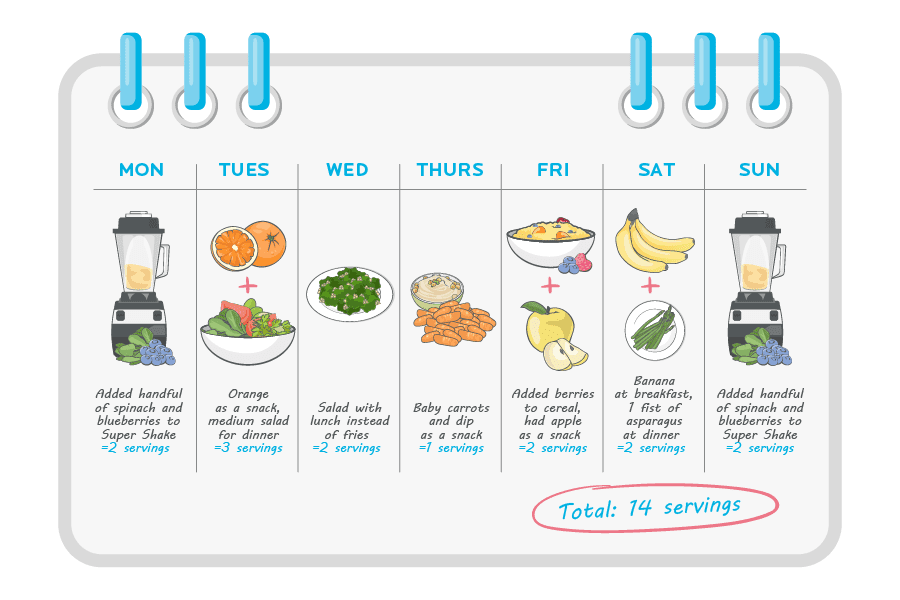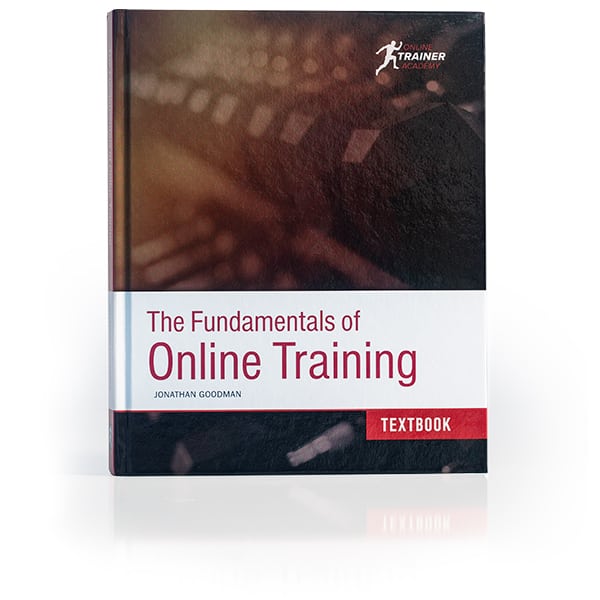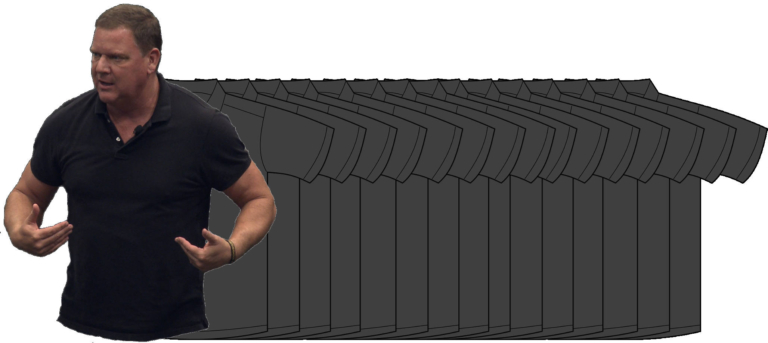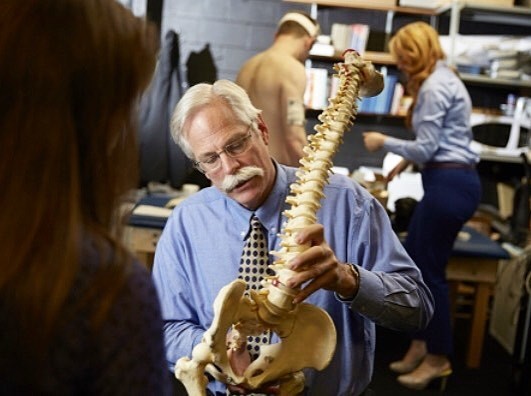
THE WEEKLY BRIEF UPDATE
1. You can now purchase CORE @ Home for whatever it is you want to pay.

During quarantine I started a platform where I’d deliver 20-40 minute workouts that could be performed in everyone’s living room using minimal equipment.
In all I curated 36 workouts using nothing but bodyweight, bands, and kettlebells and/or dumbbells. With many people still reticent to head back to their regular gyms (not to mention the scarcity of gym equipment out there to purchase) I figured this would be a nice opportunity to help.
Whether you want to spend $1 or $100 (if the latter, we’ll be BFFs forever), the workouts are ready and available to start.
For more information go HERE.
SOCIAL MEDIA SHENANIGANS
In terms of pet peeves: New clients who start questioning the efficacy of program before they’ve even started it ranks right up there.
It’s wedged in there between Coldplay and stepping on a rusty nail.
— Tony Gentilcore (@tonygentilcore1) October 7, 2020
STUFF TO READ WHILE YOU’RE PRETENDING TO WORK
Flex Diet Certification – Dr. Mike T. Nelson

There’s only a few days left to opt-in for access to Dr. Mike T. Nelson’s Flex Diet course. He’s opened it up to TG.com readers only this week and if you click THIS link you’ll opt in for a FREE one-hour webinar on what “flexible dieting” even means.
From there you can gain access to 30+ hours of continuing education on how to best implement nutrition & recovery strategies with your clients/athletes; a weak link for many.
It’s a game changer to say the least.
Velocity Based Training: Let’s Not Freak Out Over a Bar Speed Sensor. Look Beyond the Surface – Gerry DeFilippo
Some coaches are bit tepid when it comes to the efficacy of using speed sensors in the weight room. Others are such ardent supporters that they’ll shut down a session if a repetition is 0.001s slower than the previous one.
(only a slight exaggeration).
I felt this was an excellent synopsis on the topic.
Fixing Athlete Posture – Travis Mash
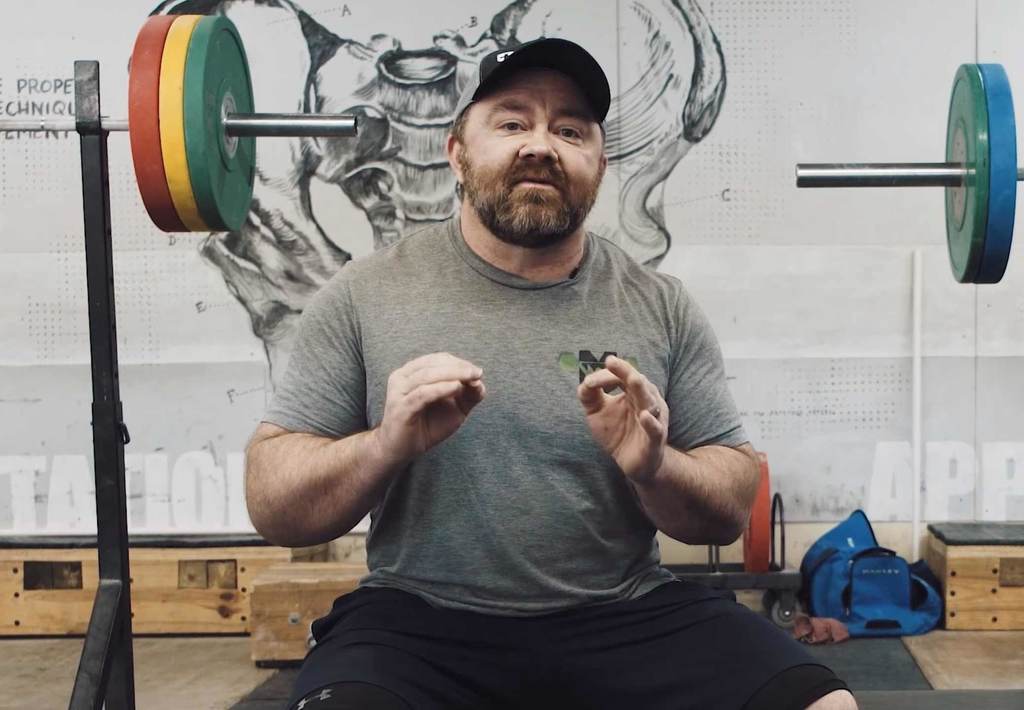
Posture – it can be a dicey discussion. There’s a delicate balance between what’s “optimal” and “realistic” in addition to understanding that everyone is bit different.
Sub-optimal posture doesn’t necessarily mean you’re a walking ball of fail. But it IS pertinent information when it comes to the overall well-being and performance of an athlete.
I appreciated Travis’s approach with this one. Not fear mongering, but just preparing his lifters to be better lifters.



